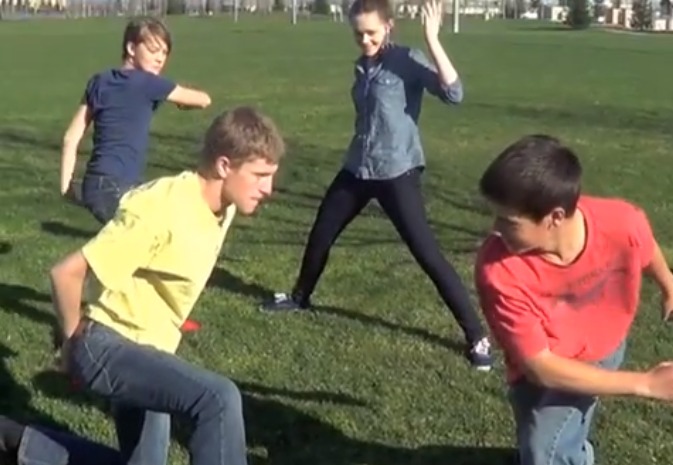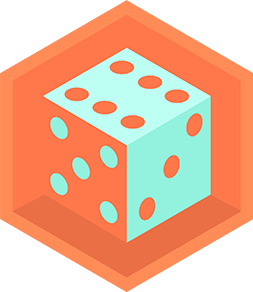Design a body game
Create and play a body movement game where players design poses and challenges, record rules, and test coordination, balance, and teamwork.



Step-by-step guide to design a body movement game
Active Brain Breaks - Body Blast for kids
Step 1
Pick a fun name for your body movement game and say it out loud.
Step 2
Write a one-sentence description that explains what players try to do in your game.
Step 3
Decide how many players will play and write down any special roles like "leader" or "referee."
Step 4
Choose three challenge categories to test like balance coordination and teamwork and write their names on your paper.
Step 5
Make a list of at least eight different poses or movements using simple words.
Step 6
Draw or write each pose on a separate sticky note or index card.
Step 7
Write clear rules for one round and a simple scoring system with how many points players earn.
Step 8
Use tape or markers to make a start zone and two or three target spots in your play area.
Step 9
Lead all players through a 3-minute warm-up of gentle stretches and easy movements.
Step 10
Run one timed test round using your cards rules and scoring while one person keeps time.
Step 11
Ask players for feedback about what felt too hard and what helped them work together.
Step 12
Change one rule or one pose to make the game safer or more fun based on the feedback.
Step 13
Play a second round to test the change and watch for better balance coordination or teamwork.
Step 14
Share your finished game name rules and a photo or short description of how to play on DIY.org
Final steps
You're almost there! Complete all the steps, bring your creation to life, post it, and conquer the challenge!


Help!?
What can we use instead of sticky notes or index cards to draw each pose if we don't have them?
If you don't have sticky notes or index cards, cut construction paper or old cereal boxes into small squares and draw each pose on a separate piece so you can tape or shuffle them like cards as instructed.
What should we do if the timed test round gets messy because players forget the rules or timing?
If the timed test round becomes messy, set a phone timer with a loud alarm for the round, have the written rules and scoring read aloud before starting, and assign the 'referee' to mark points on a clipboard so everyone follows the same rules.
How can we change the game's difficulty for younger or older kids?
For younger kids, pick only two challenge categories, use bigger, simpler poses and shorten the warm-up to 90 seconds, while for older kids add harder poses, more target spots, and bonus-point scoring for tricky moves.
How can we make the body movement game more interesting or personal after the first two rounds?
To enhance the game, color-code your sticky-note poses by category, add a music-based timer or a rotating 'leader' role between rounds, and share the game name, rules and a photo on DIY.org as the instructions suggest.
Watch videos on how to design a body movement game
Fundamental Movements | Primary School P.E
Facts about movement games and gross motor skills
🕺 Active play helps develop balance and coordination—skills used in sports, dance, and everyday tasks.
🤝 Cooperative games teach teamwork: players learn to communicate, share roles, and solve challenges together.
🧭 Designing rules is like a mini science experiment—kids invent, test, tweak, and improve their games.
🧠 Movement games strengthen the brain-body connection by improving motor planning, focus, and timing.
📝 Writing down rules and scores helps kids practice literacy, fairness, and tracking progress over time.
How do I create and play a body movement game with my child?
What materials do I need to design a body movement game?
What ages is this body movement game suitable for?
What are the benefits and safety tips for a body movement game?


One subscription, many ways to play and learn.
Only $6.99 after trial. No credit card required



